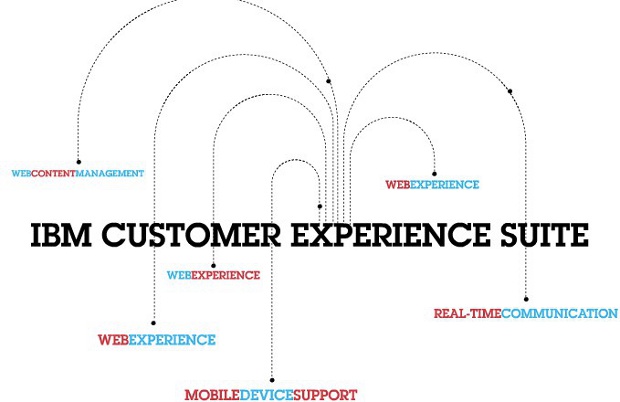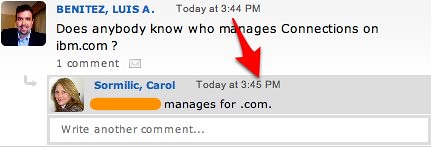On Monday, Forbes published an article called Building the Enterprise Social Graph with the subtitle In the next decade, we will learn how to build a social graph inside our businesses. What will it mean?
The subtitle surprised because it talks about the next decade. Sure, there are still a lot of enterprises that haven't adopted Enterprise 2.0 methodologies to transform their business, but are we really a decade away? Maybe I'm spoiled because we've had our internal social graph available for years now as part of Atlas. But I thought I'd also seen some stats that claim a lot of Fortune 100 companies have deployed some sort of social software behind the firewall (but couldn't find them).
Anyway, I do like how the author, however, points out how quickly starts stating that:
The internal social graph inside companies will be quite different and far more useful than existing public counterparts
And this resonates very well with me. Out of my typical 8 hour day, I spent probably 6.5 hours using our social platform inside our firewall. That's where I search for people and content. That's where I discover new experts to follow. That's where I collaborate with other colleagues all over the world. I barely spend any time on my personal social network within Facebook.
The Forbes article also presents an interview with IBM's VP of Social Software, Jeff Schick. Here's a demo of IBM's enterprise social graph tool which mines data to map relationships:
To read the full article, click here. Would love to hear your thoughts.
 If you live in the Boston area, you may be interested in attending the first talk of the Fall 2010 Speaker Series.
If you live in the Boston area, you may be interested in attending the first talk of the Fall 2010 Speaker Series. 

 By now you are probably aware that I'm
By now you are probably aware that I'm  . I know a lot of you have been asking me what some of my new responsibilities are going to be. You'll be happy to see that that's one of the questions Suzanne asked me.
. I know a lot of you have been asking me what some of my new responsibilities are going to be. You'll be happy to see that that's one of the questions Suzanne asked me. Last Friday, I was invited to join the super awesome
Last Friday, I was invited to join the super awesome  Update 23/Jul/2014: The latest
Update 23/Jul/2014: The latest 


 Shortly before I left on paternity leave a great podcast kicked off for all things Lotus. I'm currently returning from a trip to New Jersey and catching up on this wonderful podcast:
Shortly before I left on paternity leave a great podcast kicked off for all things Lotus. I'm currently returning from a trip to New Jersey and catching up on this wonderful podcast: